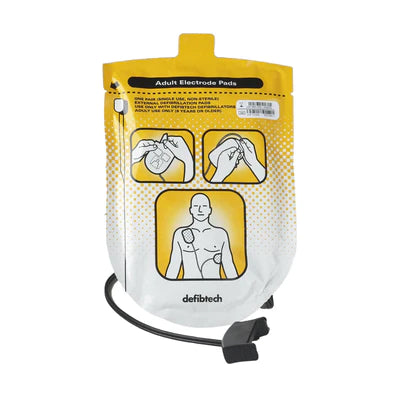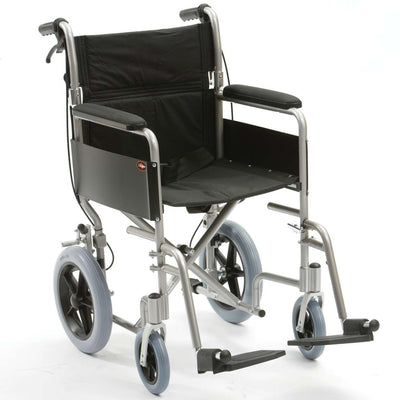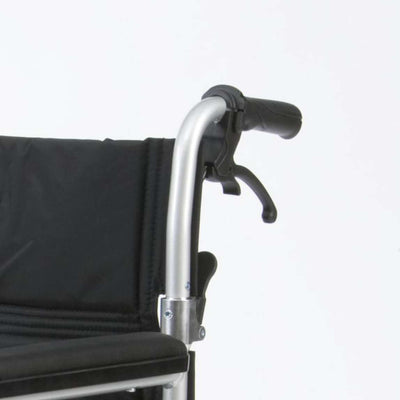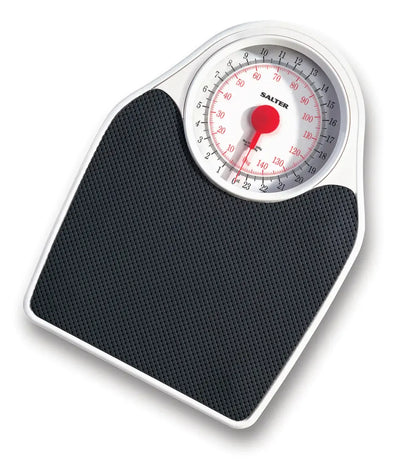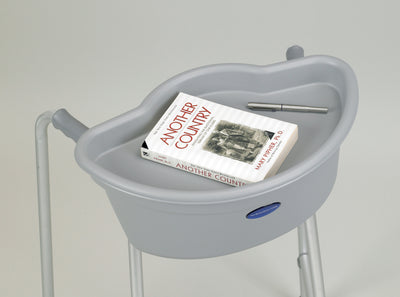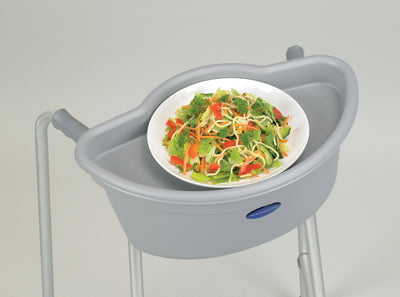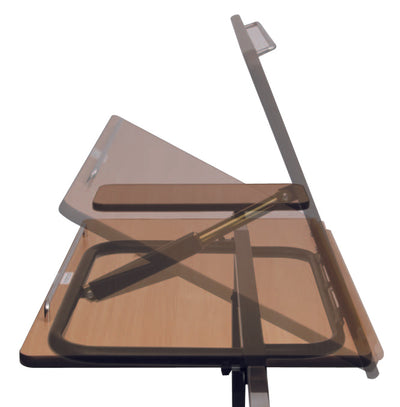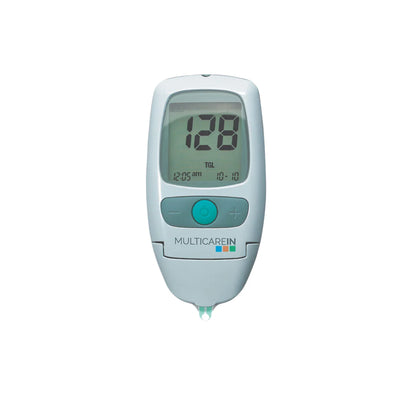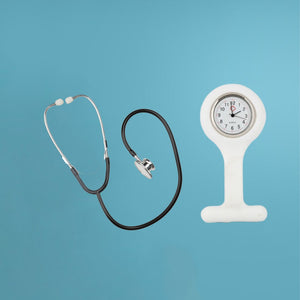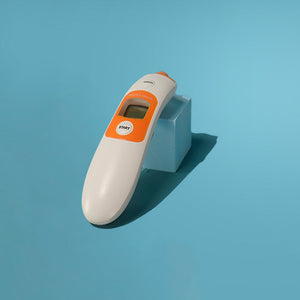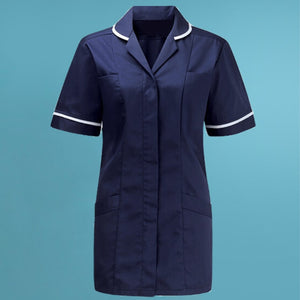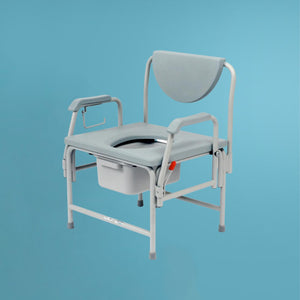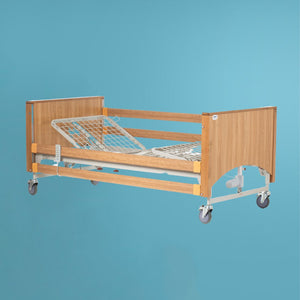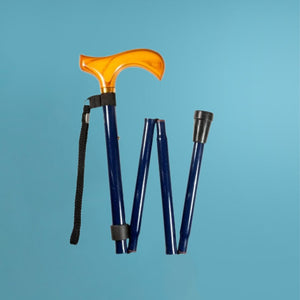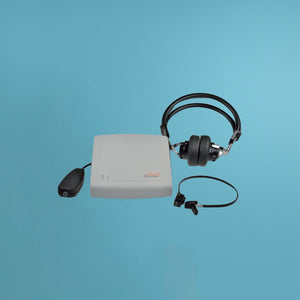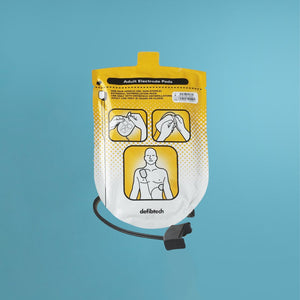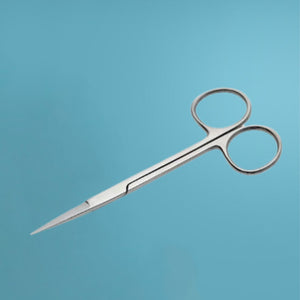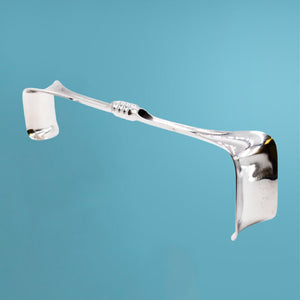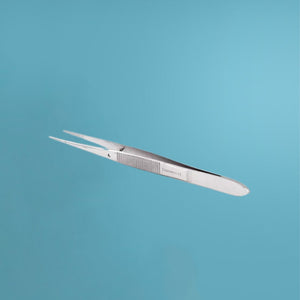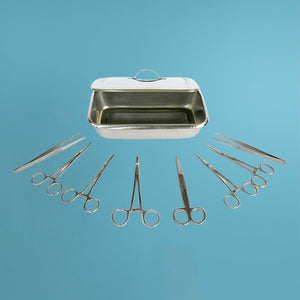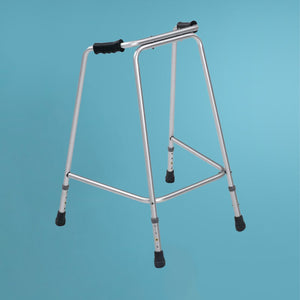Stethoscope 101: How to use a Stethoscope
The first thing that springs to mind when you think of the medical field is a white lab coat, a stethoscope, and maybe prescription glasses but even while we are all familiar with the stethoscope, very few of us truly know how to operate this iconic medical equipment.
Using a stethoscope correctly requires practice, knowledge and skill. The nuances of this specialised tool can be tricky to master. It is important that you understand how to use a stethoscope correctly in order to best benefit your patients. Doctors or healthcare professionals will have to learn to accurately and quickly diagnose illnesses in their patients. Practitioners can become excellent at swiftly recognizing normal vs abnormal sounds within different parts of the body when practice and experience are put into play.
This guide will take you through the process of using a stethoscope correctly to ensure accurate diagnoses and monitoring of your patient's health. Let's dive into the world of stethoscopes!
Getting to Know Your Stethoscope
In this section, we will cover the basics of using a stethoscope correctly, from proper placement and pressure on the patient's chest to the positioning of your ears for optimal sound clarity. We will also discuss the different types of sounds you should be listening for and key factors that may affect sound quality. Additionally, we’ll go over some tips and tricks for mastering this valuable tool.
The Parts of a Stethoscope
Before we jump into using a stethoscope, it's essential to understand its components and functions. A stethoscope comprises earpieces, tubing, and a chest piece with a diaphragm and bell. Each part plays a crucial role in transmitting internal body sounds to your ears.
A stethoscope has three main parts: the earpieces, the tubing, and the chest piece. The chest piece is made up of a diaphragm, a bell and, in some cases, additional attachments that allow for better sound transmission. The diaphragm is located on one side of the chest piece, while the bell is placed on the opposite side.
The ear tubes are connected to the chest piece, and they go over your ears so that you can hear sounds clearly. These tubes can be adjusted so they fit comfortably – not too tight or too loose – around your ears. Additionally, you may need to adjust the angle in which they lie against your head in order to find the best fit for you.
The diaphragm is placed on the patient to listen to their heart, lungs, and other organs. The bell is placed on the patient first, as it picks up low-pitched sounds such as those made by the heart and lungs during respiration. Meanwhile, the diaphragm can pick up higher-pitched noises like those coming from the intestines, blood vessels, and joints.
Step-by-Step Guide to Using a Stethoscope
Here are the steps you need to take to ensure success:
Preparing the Patient for the Procedure
-
Introduce yourself. Get the patient comfortable, introduce yourself and explain who you are and why you are using a stethoscope. This can help put the patient at ease and ensure they are relaxed during the procedure.
-
Check the patient's medical history. The next big thing is inquiring about any medical conditions they may have or have had that can affect the results of your examination.
Stethoscope Positioning
Positioning your stethoscope correctly can make a huge difference in your ability to diagnose a patient.
Here are a few steps to follow to make sure you get the best results in your stethoscope examination:
- Place the stethoscope's ear tips in your ears, positioning it snugly so there are no air gaps between them and the outer ear canal.
- Place the diaphragm on the patient's skin by lightly pressing it down with your index finger or palm
- When using the bell, you should hold it firmly against your patient's skin with two fingers — usually your index and middle finger — while keeping the rest of your fingers away from their body so you don't affect the sound of their heartbeat or breathing.
- Finally, keep your hand flat against their body and move it slowly over the designated area to locate sounds that may indicate abnormalities — this will help you distinguish between normal and abnormal sounds.
Listening and Recording Findings
Paying attention to the sounds that you hear through the stethoscope is very important. This is because it helps you accurately determine the diagnosis of your patient. When auscultating, or listening for sounds, take care in distinguishing between subtle variations of sound quality, intensity, and pitch. It is also important to note abnormal sounds such as extra heart sounds, abnormal respiratory noises, and murmurs. It is essential that you take notes to record your findings during physical exams.
Below are some other key sounds to note when using a stethoscope:
- Firstly, the sounds of the heartbeat are one of the most important sounds that can be heard when using a stethoscope. The heart produces two distinct sounds, referred to as "lub" and "dub". The "lub" sound is produced when the mitral and tricuspid valves close, while the "dub" sound is produced when the aortic and pulmonary valves close. The sounds of the heart can provide important information about the heart's function and help diagnose conditions such as arrhythmias, heart murmurs, and valve disorders.
- The sounds of breathing can indicate various conditions such as wheezing, crackles, and rhonchi. Wheezing is a high-pitched whistling sound that can be heard when there is a narrowing or blockage of the airways. Crackles are a series of short, sharp sounds that can be heard when there is fluid in the lungs, while rhonchi are low-pitched sounds that can be heard when there is mucus in the airways.
- Bowel sounds can also be heard when using a stethoscope. Bowel sounds are produced by the movement of food and liquid through the intestines. Abnormal bowel sounds can indicate various conditions such as bowel obstruction.
- The sounds of blood flowing through the arteries and veins can also be heard when using a stethoscope. These sounds, known as bruits, can provide information about blood flow and can help to diagnose conditions such as peripheral artery disease.
The sounds heard when using a stethoscope can provide important information about the body's function and can help to diagnose various conditions. It is important for healthcare professionals to be able to identify and interpret these sounds in order to provide the best possible care for their patients.
Interpret the results
Interpreting the results of a stethoscope involves more than just hearing a “whooshing” sound. It’s important to note the amplitude, frequency and intensity of the sound, as well as any other patterns or changes you hear.
Keep an ear out for any changes in pitch, timing, or pattern that might indicate a medical condition. Document the occurrence of any unusual sounds and seek expert attention when necessary.
Using a stethoscope may seem simple, but mastering it can make all the difference in diagnosing patients accurately. When time and care are taken to understand how to use a stethoscope properly and how to interpret its results correctly, you can ensure that your patient receives the best care possible.
Practice, patience, and the tips from this guide will help you become a stethoscope expert in no time!


